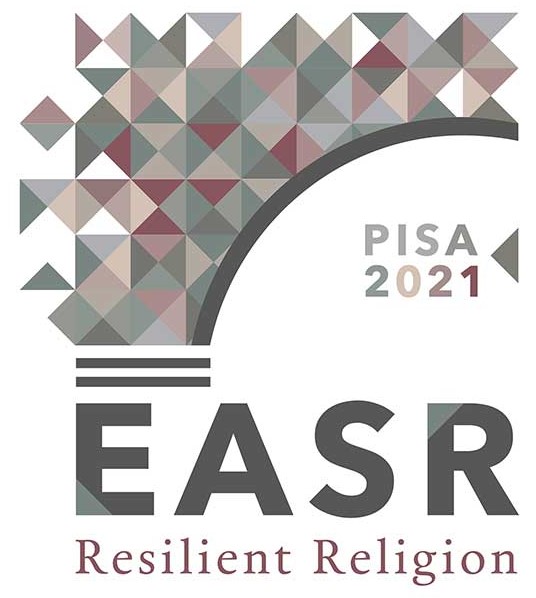Resilient Gnosis. Ancient Gnosticism, Its Sources, and Its Transformations
“Gnosticism” can be considered as one of the most “resilient” religious traditions in history. Tough the term is modern and has been conveniently questioned, it can still be used to describe a constellation of religious texts, groups, and traditions which exhibit some common essential features (e.g., a more or less explicit dualistic view of the divine, the kosmos, and the human being). In Late Antiquity, Gnosticism flourished in a multitude of diverse forms, spread throughout the whole Mediterranean area. Gnostic traditions were able to transform themselves to cope with crises such as persecutions or dialectical confrontation with the so-called “Great Church” (one can think to the theological adaptation of some currents of Valentinian Gnosis from the second to the fourth centuries); they were able to endure changes and to last for centuries, in renewed forms (some scholars include Manichaeism and Mandaeism, as well as medieval dualisms, in this longue durée history of Gnosticism). In a famous comprehensive book, Birger Pearson has spoken of “The persistence of Gnosticism” even today, in the sense that “ideas put forward by ancient Gnostics still have a resonance” (Pearson 2007, 339, emphasis added; see also DeConick, The Gnostic New Age, 2016; Trompf, ed., 2019).
This panel welcomes contributions that aim at analyzing this “transformative” character of Gnosticism, in a twofold sense:
- How Ancient Gnostic groups and texts were able to grow and transform themselves by using, interpreting, and rewriting their wide range of sources (Jewish, early Christian, Platonist ones, etc.);
- How Ancient Gnostic ideas and trends survived in later philosophical and religious traditions and texts (including e.g. Islam). Papers could discuss any kind of sources, from any methodological perspective(s).
Francesco Berno: francesco.berno@uniroma1.it
Andrea Annese: andrea.annese@uniroma1.it
